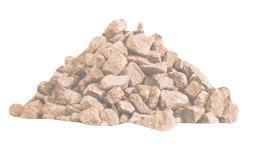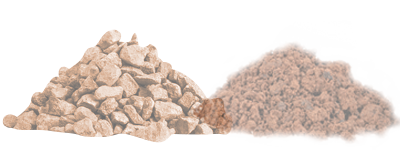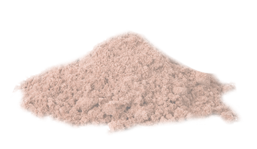


Distinctive features
The variety in Saint-Émilion’s wines resides in the area’s significant geological diversity, a micro-climate ideally suited to winegrowing and skilful blending of grape varieties. This combination, along with the care lavished by winegrowers upon the vines, provides ideal conditions for the nutrition and ripening of grapes.

A striking feature of the Saint-Émilion vineyards is their mosaic of separate plots, which results from the economic rules and organisation of property at the end of the Middle Ages. The four appellations of Lussac Saint-Émilion, Puisseguin Saint-Émilion, Saint-Émilion and Saint-Émilion Grand Cru represent almost 970 registered winegrowers. In this light, the poetic description of the area as “the hill of a thousand estates” is particularly meaningful.
Saint-Émilion benefits from a temperate, oceanic micro-climate with evenly distributed rainfall throughout the year and hot, dry summers, under the influence of the two rivers Isle and Dordogne. They moderate the summer heat as well as the harshness of winter, thus providing protection against the risk of frost. The average yearly temperature is 12.8°C. Temperature swings are lessened. The evenly distributed rainfall throughout the year provides excellent conditions for vine cultivation.
Nevertheless, the variation in temperature and rainfall from one year to the next can be considerable, making vintages very different.

Between vines and waterways, along wooded slopes and picturesque country roads, the Jurisdiction of Saint-Émilion has a landscape of hills and gentle inclines that covers over 75 sq. km.
The terroirs of Lussac Saint-Émilion are the most northerly of the Saint-Émilion appellations. Facing south, the vines grow in a natural amphitheatre of plateaux and small valleys, which is very apt for vineyards that already enjoyed a fine reputation in the Gallo-Roman period. The hill is clayey limestone to the south and clayey silt to the north.
The Saint-Émilion and Saint-Émilion Grand Cru appellation areas are geographically intertwined. They are located in parts of nine village territories with Saint-Émilion at the core.
The villages of Saint-Christophe-des-Bardes, Saint-Etienne-de-Lisse, Saint-Hippolyte, Saint-Laurent-des-Combes, Saint-Pey-d’Armens, Saint-Sulpice-de-Faleyrens and Vignonet complete the picture, to which a part of Libourne can also be added.
This area consists of a limestone plateau around the town. A vast terrace of gravel beds with siliceous clay extends towards Libourne, the clayey limestone hills and valleys, and the sandy gravel plain of the Dordogne Valley.
The vineyards of Puisseguin Saint-Émilion are located between the appellation of Lussac Saint-Émilion and the small Barbanne River. This appellation area, which looks across to the famous Saint-Émilion plateau, has a very uniform range of clayey limestone soils, with some spots of gravelly alluvium. The sublayer is limestone, which is an ideal backup during dry spells, releasing a reliable supply of water to the vines.




